Parents Nebsent, Anubisemonek | ||
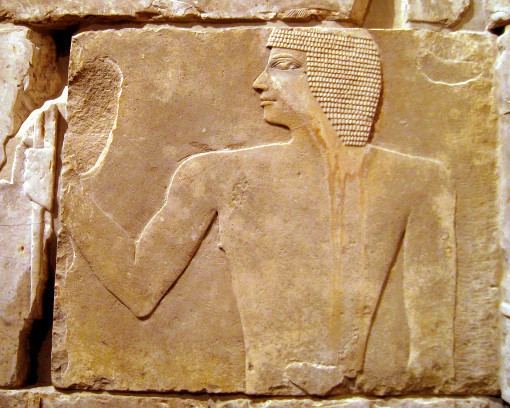 | ||
Dj jorn ninofsken metjen mix 0002
Metjen (also read as Methen) was a Ancient Egyptian high official at the transition time from 3rd dynasty to 4th dynasty. He is famous for his tomb inscription, which provide that he worked and lived under the kings (pharaohs) Huni and Sneferu.
Contents
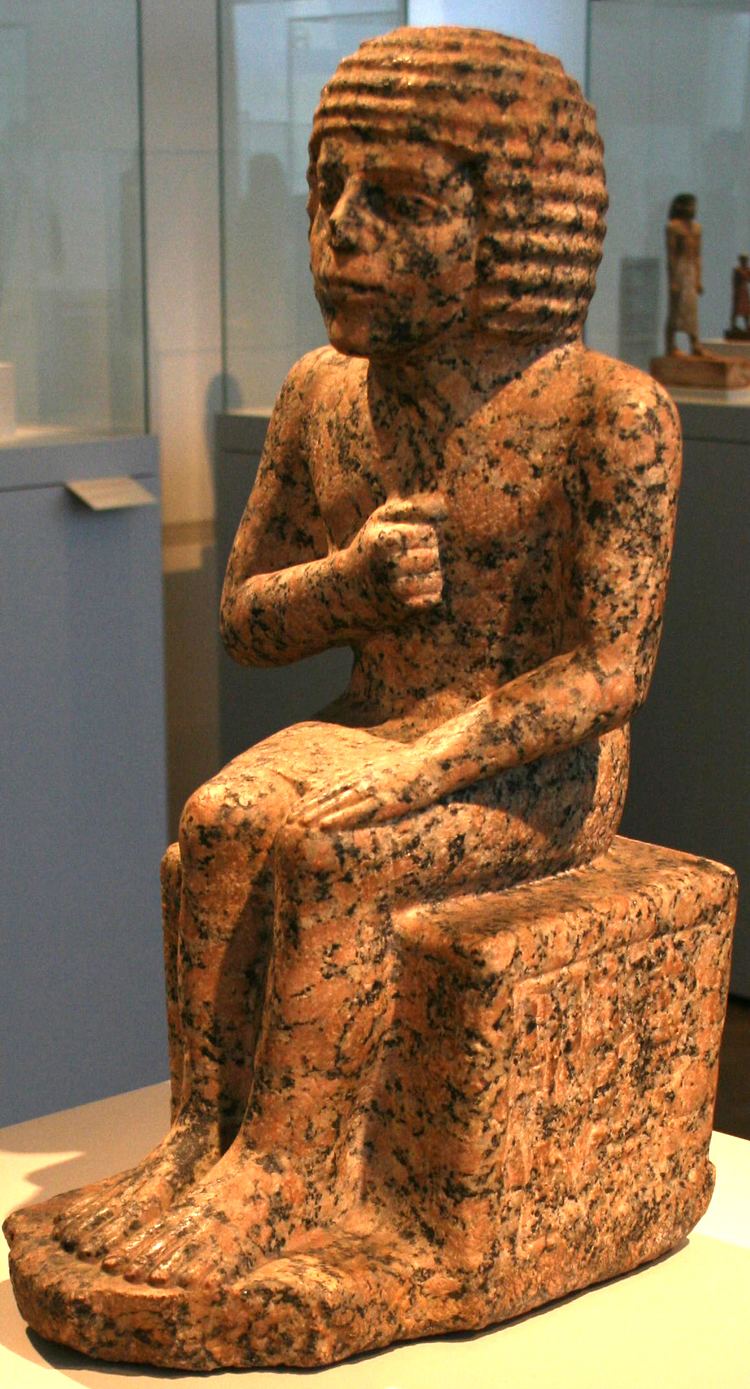
Family
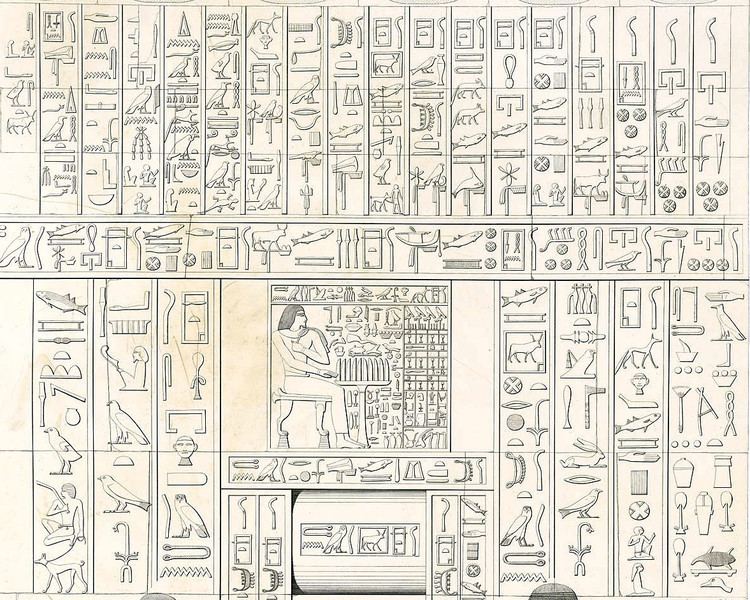
According to his own tomb inscriptions, Metjen was a son of the high official Inpu-em-Ankh, a judge at the royal court of justice and a royal scribe. Metjen's mother was a high priestess named Neb-senet. Metjen also had children, which he indirectly mentions, but their names are not handed down.
Titles
As a high-ranking official, Metjen bore several elite titularies:

Career
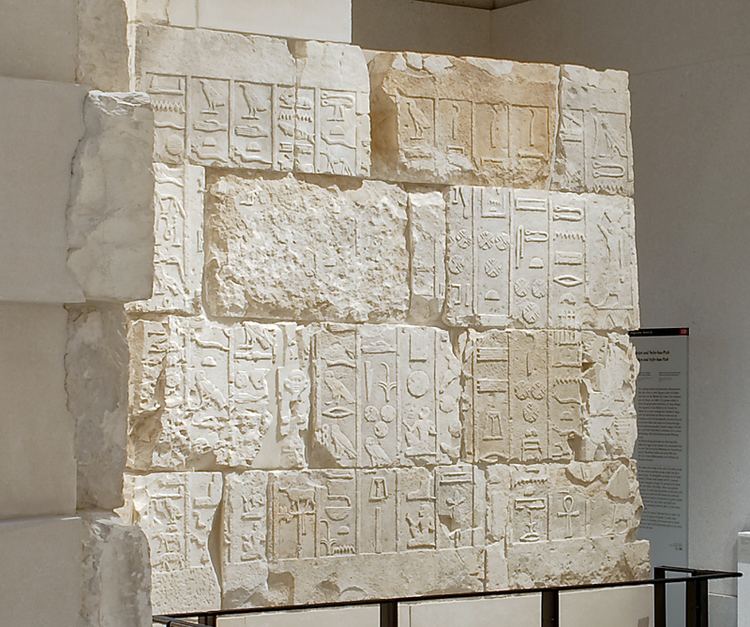
Metjen's tomb inscriptions are of highest interest to Egyptologists and Historians alike. They are in fact the very first Ancient Egyptian private texts that reveal more than only titles and offering formulae. Metjen is the first high official who reports his own professional and curatorial career by listing his official and honorary titles in chronological order and describing the support of his career by his parents.
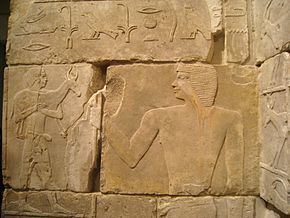
According to Metjen's autobiography, he inherited many of his titles after the death of his father, other high ranked titles were assigned to him by his father himself. The inheritance included also several decrees which allowed Metjen to found own estates and even small towns. Metjen started as a royal scribe, became then overseer of the royal scribes and confidant of the king, then he became administrator of several palatinates and royal storages. Finally, he became "great one of the 'Ten of Upper Egypt'" and privy council. Additionally, the royal house gave several estates to Metjen, whereupon he founded the town Sheret-Metjen (Egyptian: Šr.t-Mṯn) at his favorite estate. As a sign of gratitude, Metjen in turn donated hundrets of precious trees to royal domains. At the peak of his career, Metjen was also mayor of several cities, curator of the endowment estate of king Huni and supervizor of the mortuary cult for queen Nimaathapi.
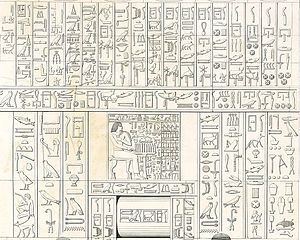
Contemporary office partners included Netjeraperef, Khabawsokar, Pehernefer and Akhetaa, who were also holding office under Huni and Sneferu. All their tomb inscriptions reveal that the time of both kings must have been a very prosperous one and economy and office administration flourished.
Tomb
Metjen's tomb, mastaba L6, was found in 1842 by German Egyptologist Carl Richard Lepsius at Saqqara. He excavated the tomb and ordered the dismantling of the tomb for preservation. Metjen's tomb chapels are now completely at display at the Egyptian Museum of Berlin.
